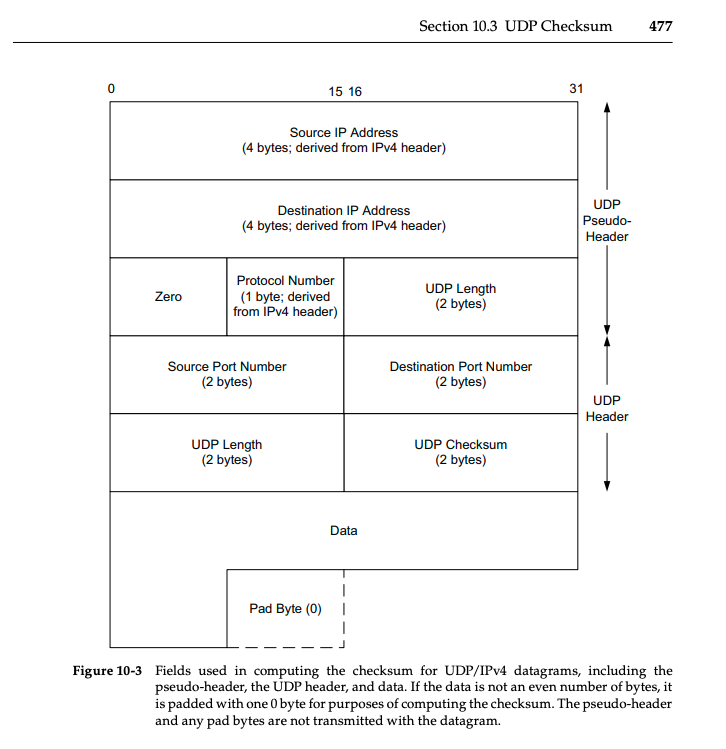
A parity bit is a single, extra binary digit that is appended to the message by the sender and transmitted along with it.
UDP CHECKSUM CALCULATOR CODE
A simple type of error detection code that you are probably already familiar with is called a parity bit. This usually takes the form of an error correction code or error detection code. If we want communicating computers to detect and correct transmission errors automatically, we must provide a replacement for context. No environmental or syntactical context is available to the receiver, since it cannot understand the message in its transmitted form. If one or more bits within the message are inverted (a logic one becomes a logic zero, or vice versa) as it travels between computers, the receiver has no way to detect the error. We call that meaningful sequence of bits the message it is analogous to a spoken or written phrase. Meaning is only assigned to that particular sequence of bits at higher levels. At the lowest level, communication between computers consists of nothing but a stream of binary digits. But what happens when computers are communicating with one another? How does the receiving computer know if an error has occurred in transmission?Įstablishing correctness is more difficult for computers than humans.


The same principle applies when you are reading. It does this by examining extra bits of information from the speaker and the speech if a phrase or sentence makes sense as a whole and it makes sense coming from the mouth of the particular speaker, then the individual words were probably heard correctly. Your brain performs the tasks of error detection and correction for you, automatically. The most important part of listening to someone speak is ensuring that you've heard them correctly. To do that they use checksums.ĭownload Barr Group's Free CRC Code in C now. But what if some of the data is lost or corrupted in transit? Communication protocols usually attempt to detect such errors automatically. Whenever you connect two or more computers together with the intent of exchanging information, you assume that the exchange will take place without errors.



 0 kommentar(er)
0 kommentar(er)
